Molasses: A Sticky Subject?
When it comes to feeding horses, few ingredients have sparked as much debate as molasses. Often blamed for everything from fizzy behaviour to laminitis, molasses has gained an undeserved bad reputation. But is it really the villain it’s made out to be?
At SPILLERS, we’re passionate about cutting through the confusion with science-backed advice. So, let’s set the record straight.

Is Molasses Just Pure Sugar?
Not quite! Molasses is a by-product of sugar production, left over after extracting sugar from either sugar beet or sugar cane. While molasses does contain sugar — typically between 40–50%, mostly as sucrose — it also contains water, minerals, and small amounts of protein depending on the source and processing.
When used in horse feed, molasses is typically included at 5–10% of the recipe. This means the contribution to overall sugar content in the feed is relatively small — often around 2–5% sugar, depending on the final formulation.
In horse feed, it’s typically added in small quantities to:
- Improve palatability (especially useful for fussy feeders or when disguising medication)
- Help bind ingredients together in pelleted or cubed feeds

It's the Total Sugar That Counts
One of the most common myths is that a feed containing molasses is automatically “high sugar.” In reality, the total sugar content of a feed depends on the complete formulation, not just the presence or absence of molasses.
For example, a chaff containing molasses could still have a lower sugar content than grass nuts which may be naturally high in sugar.
More importantly, your horse’s biggest source of sugar is almost always their forage and/ or grazing.
- Average hay and haylage sugar levels vary greatly, haylage is not necessarily higher in sugar than hay and both could easily contain over 20% WSC and could even be greater than 30% WSC
- 10kg of hay (as fed) with a 10% simple sugar level in the dry matter will provide 850g of sugar.
- Compare that to 3kg of a feed at 5% sugar provides just 150g of sugar!
Fresh grass can contain as much as 15% simple sugars on a dry matter basis, depending on the time of year, time of day, grass species, and weather conditions. That’s:
- Potentially double the sugar of typical hay
- Far more than you’d find in a small bucket of feed—even if it contains molasses
In spring and early autumn, lush grass is particularly high in sugars, and this can be a major concern for horses and ponies prone to laminitis or insulin dysregulation. That’s why grazing management is just as important—if not more so—than worrying about a small inclusion of molasses in a bucket feed.

Take Home Message
The inclusion of molasses in horse feed is not inherently a problem. What matters is the total sugar intake across the whole diet —and that’s usually dominated by forage, not bucket feed. It’s also worth remembering that horses needing a low sugar diet usually need a low starch diet too, so factor this in. Consider both in total amount consumed per day and per meal and seek advice if you’re not sure.
Whether you're feeding a molassed or molasses-free product, it's essential to look at the overall nutritional profile and your horse’s individual needs. If sugar intake is a concern—such as for horses prone to laminitis—working with a nutrition specialist and analysing your forage is a vital step.
Need help choosing the right feed for your horse or pony?
Speak to one of our friendly nutrition specialists on our Care-Line by calling 01908 226626 today or fill in our online consultation form.
